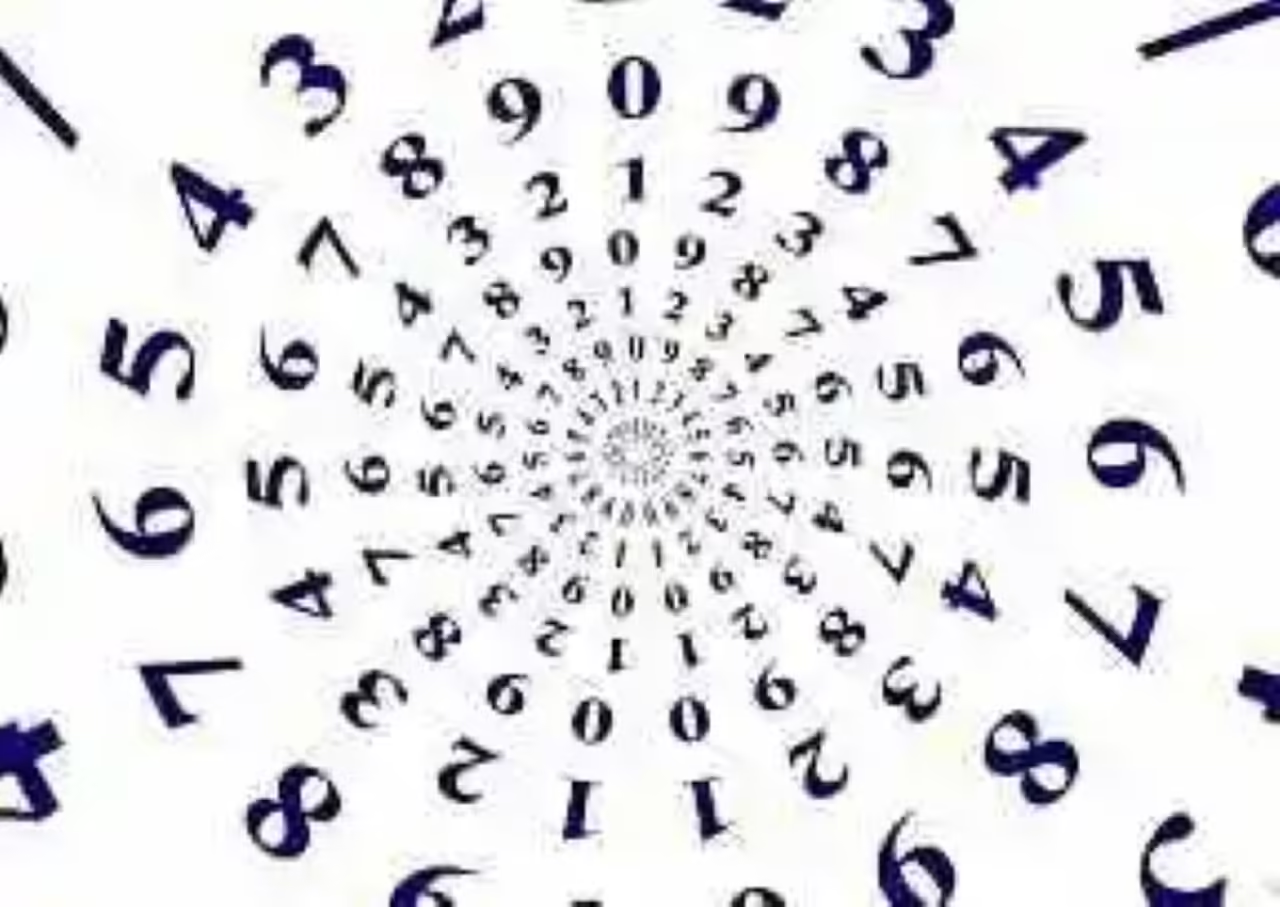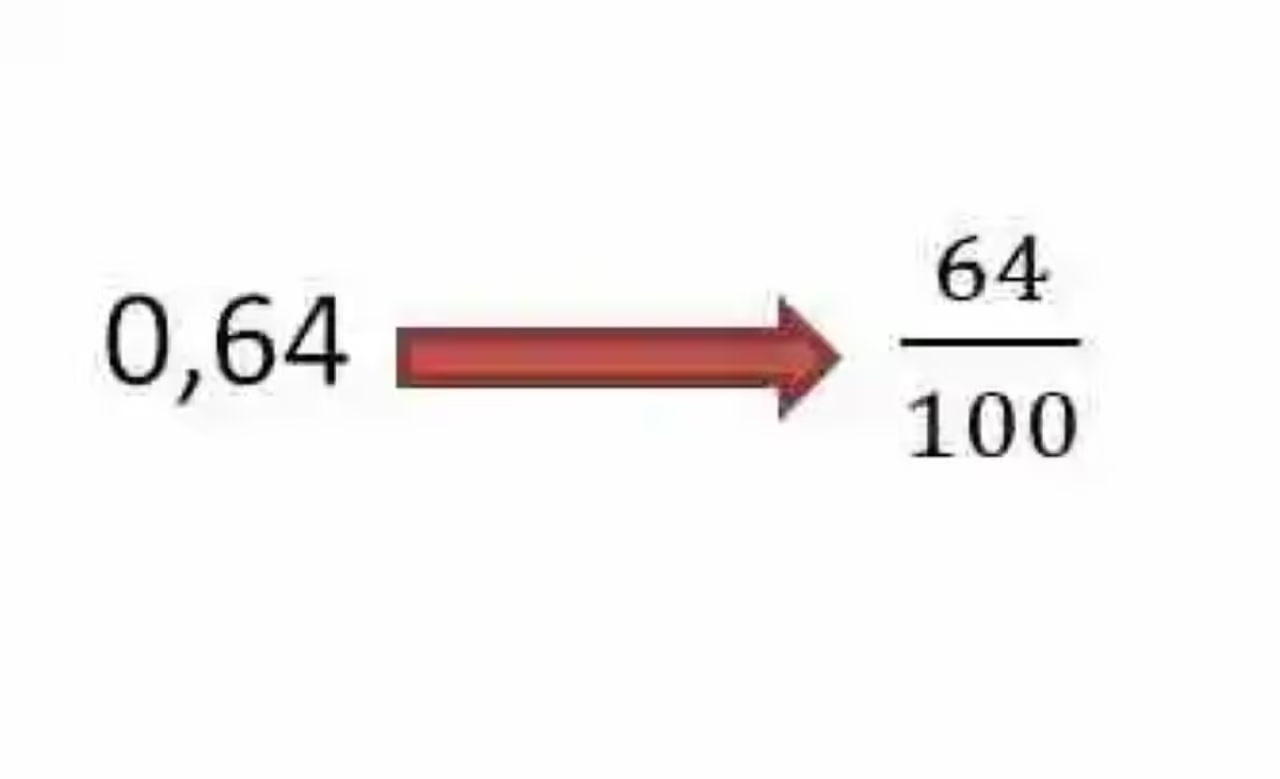Perhaps the best thing to do before explaining the correct wayin which the generatrix fraction of a decimal number should be found is to briefly review some definitions that will allow this mathematical procedure to be understood in its proper context.
Fundamental definitions
In this sense, it may also be prudent to focus this theoretical revision on four specific notions: Fractions, Decimal Numbers, Generatrix Fraction and Limited Decimal Numbers, since these are, respectively, the expressions and types of numbers directly involved in any mathematical operation that seeks to determine which is the fraction equivalent to a decimal number, which has specific characteristics. Next, each one of them:
Fractions
In this way, we will begin by saying that Mathematics has defined fractions as the expression of a non-exact quantity, referring to a rational number, and that it has the form of a division between two integers. Consequently, the fraction will be made up of two parts, explained in turn in the following way:
- Numerator: this element occupies the upper part of the fraction, and is made up of a number, which represents how many parts of the whole have been taken.
- Denominator: on the other hand, the denominator will be the number occupied by the lower part of the fraction. Its mission will be to indicate in how many parts the whole is divided, from which the fraction has taken some, represented in the numerator.
Decimal number
In the second instance, it will also be necessary to take into account the definition of decimal numbers, which have been explained by mathematical discipline as the element by means of which it is possible to give written representation to fractional or non-exact quantities, whether these refer to rational numbers or irrational numbers. Also, the different sources conceive the Decimal Number as a numerical element composed of two different parts, an integer and a decimal, which can be described as shown below:
- Integer part: first, in the decimal number, you can distinguish an integer part, known by the name of Units.It will be made up of an integer, whether it is positive, negative or even zero. Since it is made up of numbers that belong to the Decimal Numbering System, its elements have a positional value, so that in this part of the decimal number you can count from right to left the units, tens, hundreds, units of a thousand, tens of a thousand, etc.
- Decimal part: on the other hand, you will find the decimal part, denominated by Mathematics as incomplete Units, which will be constituted -always and without exception- by a number less than the unit, which in the Numerical Line can be located between zero and one.
In it, the elements also have a positional value, so you can count, from left to right, tenths, hundredths, thousandths, ten thousandths, etc.
Generatrix Fraction
On the other hand, Mathematics has also pointed out how a rational number, that is, the numerical element that refers to a fractional or rational quantity, has two possible representations: on the one hand, it can be presented as the quotient between two whole numbers, that is, as a fraction; while on the other hand, it can also be written as a decimal number. Consequently, the generating fraction will be the fraction of which a decimal number has been generated, after the division between integers, raised by it, has been carried out.
Limited decimal number
Finally, it will also be pertinent to explain that not every decimal number has a generatrix fraction, since this only occurs with decimal numbers that refer to rational numbers, that is, that their units are incomplete or limited or are repeated each period, because otherwise one would be in front of a rational number, an element that in its decimal part has elements, that extend to infinity, without repeating any series in them, and that therefore it is impossible to represent in the form of a fraction.
Among these decimal numbers that refer to rational numbers, and therefore do have a generative fraction are the limited decimal numbers, which will be understood as those decimal numbers, coming from the exact division between two integers, and that in their incomplete units have a limited number of numbers.
Generatrix fraction of a limited decimal
Once each of these definitions has been revised, it may certainly be much easier to approach an explanation of the Generatrix Fraction of a limited decimal number, an operation that will be developed with the purpose of finding which are the integer numbers, which expressed in the form of a fraction, when divided in an exact manner, produce a decimal number, which has a decimal part made up of a certain specific amount of elements.
Steps to Find the Generatrix Fraction of a Limited Decimal
Likewise, the mathematical discipline has pointed out that at the time of finding the generative fraction of a specific decimal number, a series of steps must be fulfilled, which will lead to finding the fractional expression we are looking for, and which are constituted by the following ones:
- Once we are in front of a decimal, we will review the nature of its incomplete units, in order to see if this number is really a limited decimal number, or not.
- If it has been verified that the number has precise incomplete units, then the first thing that will be done to find its generatrix fraction will be to take the number and suppress the comma.
- This number, which has become an integer, will be placed as the numerator of the generatrix fraction to be constructed.
- In the second place, the unit will be placed in the denominator, and after it, as many zeros will be noted as incomplete units as the decimal number from which the operation has been started.
Example of how to find the generatrix fraction of a limited decimal
However, the most efficient way to complete an explanation of the appropriate way to calculate the generatrix fraction of a decimal number, which fits these requirements, may be through the presentation of a concrete example, which allows us to see in a practical way how each of the steps mentioned are fulfilled, as shown below:
Find the generating fraction of the next limited decimal number:
Image: pixabay.com









